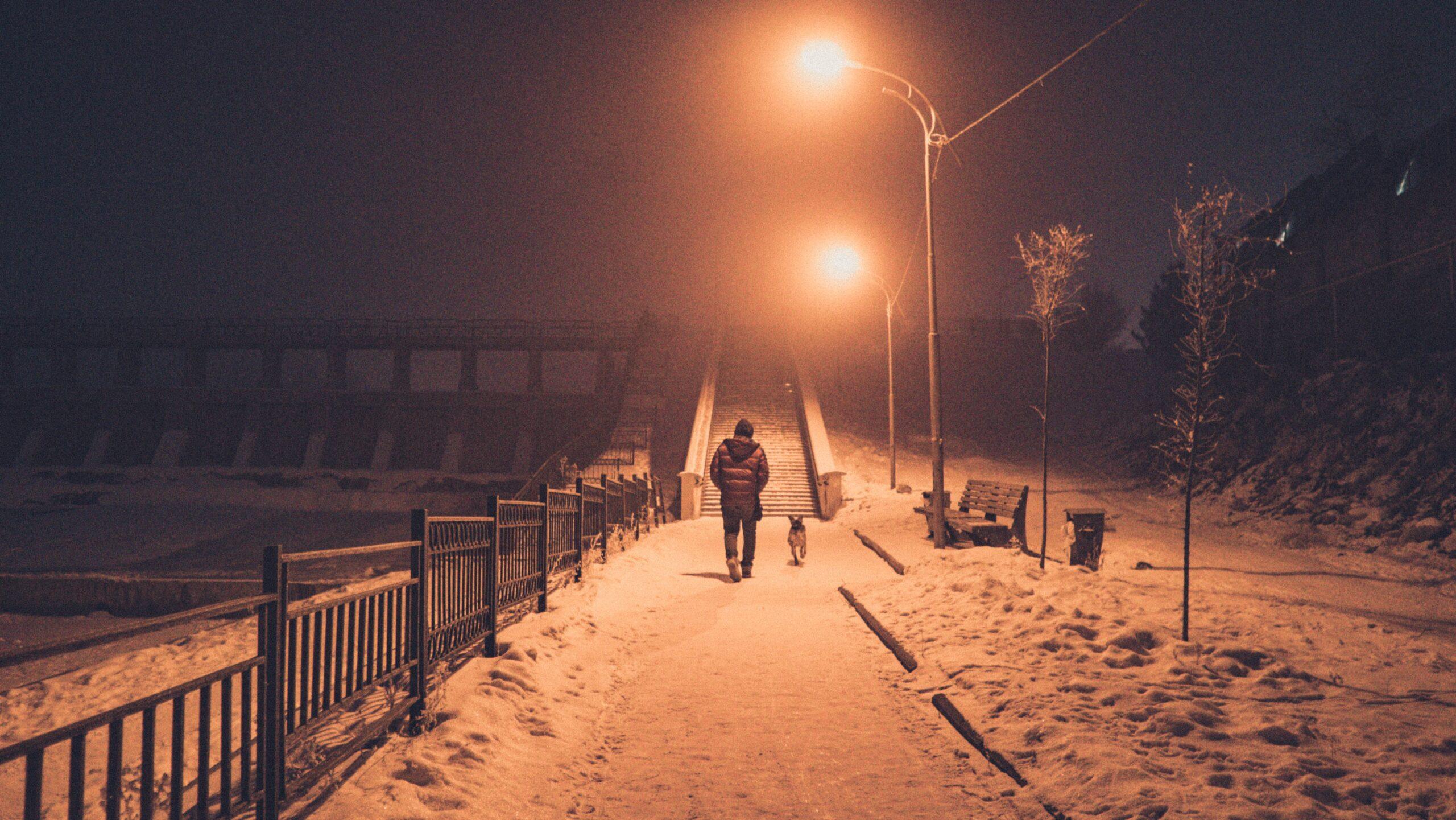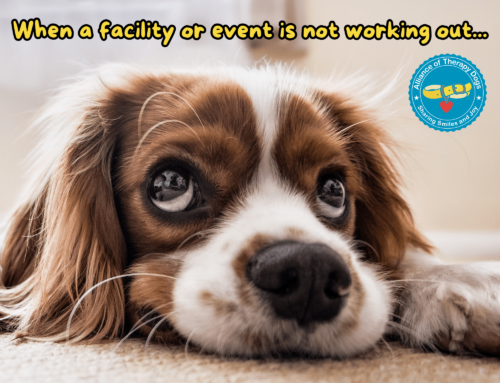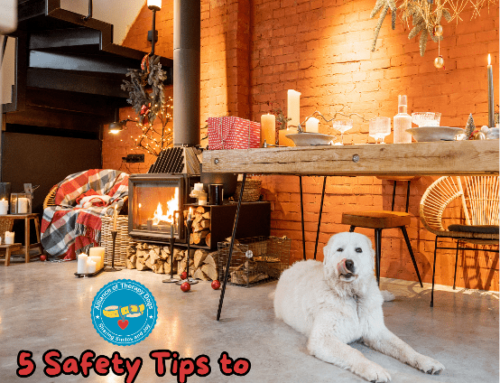Walking Your Dog At Night
It’s the time of year when the days are shorter and the nights are longer. With longer stretches of darkness comes reduced visibility for pedestrians and their dogs. To keep your nighttime walk routine going throughout the winter, ATD recommends using extra caution to ensure the well-being of both you and your canine. To help give you peace of mind, here are five safety tips for walking your dog at night.
Wear Reflective Gear
Wearing reflective gear is essential for walking your dog at night. This could include a reflective vest, jacket, or armbands. To equip your dog for nighttime walks, there are reflective leashes, collars, and harnesses that you can purchase online or at your local pet store. There are also products like dog collar lights that you can buy for extra visibility. Wearing reflective gear keeps you and your pup visible to motorists and reduces the risk of an accident.
Walk In Well-Lit Areas
While adventure may beckon, it’s wise to stick to well-lit and familiar areas while walking your dog at night. Streets or parks with recreational lighting can enhance your visibility, safety, and enjoyment. Walking in these areas makes it easier to spot potential hazards such as uneven pavement, broken glass, or even other animals. Plus, better visibility for you also means better visibility for drivers on the road to see you.
Keep Your Dog On A Leash
Even if your therapy dog excels off-leash, it’s a good idea to take caution and keep them leashed during evening walks. Other dogs, wildlife, or startling noises could cause your dog to run off in the dark and you may have a much harder time chasing after them at night. Your dog may also smell or try to eat something that you can’t investigate as clearly as you can in the daylight. Overall, having your dog on a leash during nighttime walks is in the best interest of your pet and shows consideration for other pedestrians.
Prepare
When walking your dog at night, it’s a good idea to bring extra light with you. While a mobile device works fine, consider bringing a flashlight or LED light too. This can help illuminate your path and make it easier for people to see you. You could also invest in a hands-free light or a head-mounted flashlight to keep your hands free for handling your dog and their leash.
Limit Distractions
It’s essential to be aware of your surroundings during nighttime walks. While listening to music or a podcast can be relaxing, it can also be distracting. Sounds often alert us to danger before we see it coming – including moving vehicles or an approaching cyclist. Wearing earbuds or focusing on your phone can prevent you from identifying these auditory cues. To be safe during evening walks, bring your mobile, but also make sure to be aware of your surroundings and your pup. If you are wearing headphones, keep the volume down or try using just one earbud.
Bonus: Trust Your Instincts
If you feel any unease during your evening walk, trust your instincts. Get to a safe place, call for help, or opt for a shorter route. This goes for your four-legged friend too! Dogs are known to have exceptional instincts and are likely to act protective of their owners when there are signs of danger. If your dog wants to pull you away from an area, it might be okay to let them sometimes!
Walking your dog at night doesn’t have to be a risky quest. With preparation and the right gear, you can enjoy a safe and enjoyable walk with your furry friend.
While your pup may need some fresh air in the evenings, it is important to try to schedule therapy dog visits during the daytime. People may have trouble interacting with your therapy dog if they can’t see them in the dark. After all, we want to be able to see the smiles and joy we are sharing.






